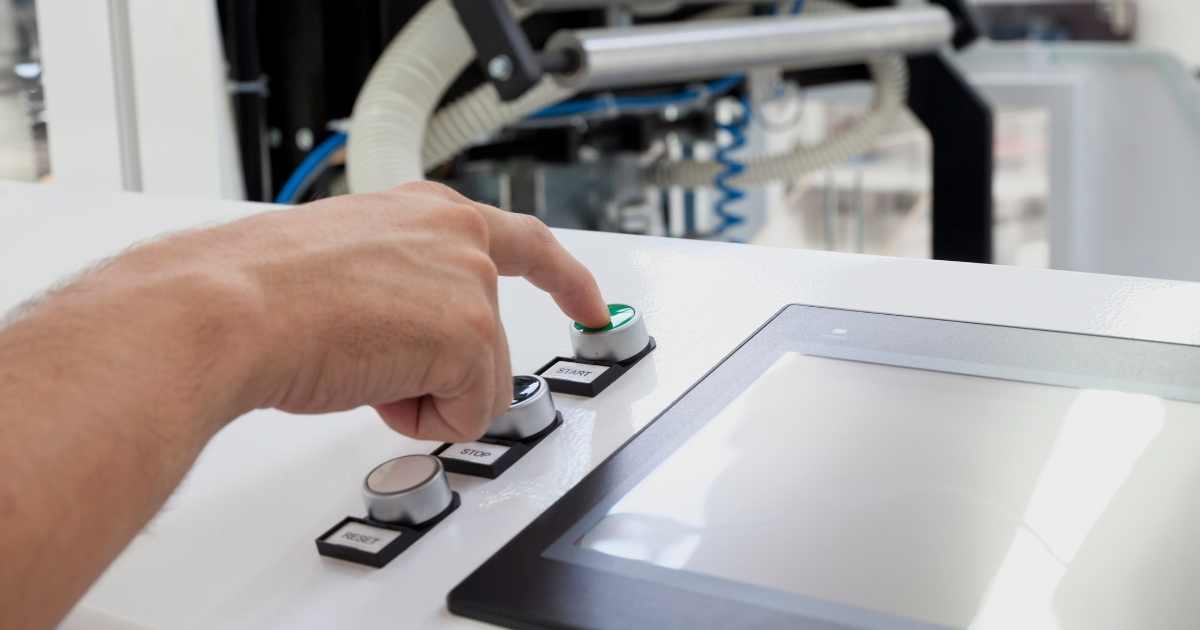
Let’s discuss the ONE key type of activity that needs to happen during the NPI process in order to go into mass production: product qualification.
A lot of people who are thinking about developing a brand new product get confused about how to start, when to go to mass production, and how much it’s all going to cost.
New product development is a very complicated process and if you want to achieve the quality and reliability you want, you really have to take care of a lot of things before you go into mass production.
Product Qualification
This post is a reminder that you can’t go into mass production unless you do one thing. That being qualification of the product. So how do you qualify your new product?
It’s done by validation testing and going through the verification process.
Validation and verification
Validation and verification are two terms that people get confused about. They’re not the same thing!
Validation
This really means testing with a set of test case goals for trying to figure out if the product can pass each one. The tests could be many different types: drop test, vibration test, a whole bunch of other FDA level tests for, say, food contact goods, etc. It depends on what you’re doing, but typically validation means some sort of testing.
The ISO 9000 standard‘s official definition of validation is:
Validation is confirmation, through the provision of objective evidence, that the requirements for a specific intended use or application have been fulfilled.
The term “validated” is used to designate the corresponding status.
The use conditions for validation can be real or simulated.
Here’s an example of what is meant by validation:
If an electric bike’s marketing claims stipulate that it can go up to 35 miles/hour, that needs to be validated based on a test plan that reproduces the intended usage and conditions.
Verification
This is the process to be followed once you have validated by testing. Now you have to analyze the test data and come up with some kind of conclusion and approval process and that’s verification.
The official definition of verification from the ISO 9000 standard is as follows:
Verification is confirmation, through the provision of objective evidence, that specified requirements have been fulfilled.
The term “verified” is used to designate the corresponding status.
Confirmation can comprise activities such as: performing alternative calculations, comparing a new design specification with a similar proven design specification, undertaking tests and demonstrations, and reviewing documents prior to issue.
An example of verification:
If a part needs to fit with another part, and the drawing specifies certain dimensions, that part’s dimensions can be verified. If the dimensions are all within specifications, it can be accepted.
So if you have done validation testing and gone through a verification process you are qualifying the product and then it’s ready for mass production.
The types of qualification you need to do
As you go through the NPI process you are really qualifying the design process, analyzing many components, deciding on suppliers, and assessing compliance, before your product can be ready. Also, before you start mass production you have to qualify your production line to see if it’s actually feasible and able to produce the product as expected. Let’s look at the different types of product qualification in more detail and what’s involved in each.
Design qualification
Typically when it comes to design qualification, the sort of quality or reliability testing you have to do on that product could be anything. It could be a drop test, HALT test, performance and specification test, or any one of the many physics of failure tests you can do to validate that the product design reaches the minimum specified operating conditions. It will test the limits of the design, for example, what happens if you increase the voltage going into an electronic device or there is a ripple effect in the current or sudden changes in the voltage. Is it going to shut down or create dangerous conditions?
These possible issues need to be tested to validate that the design is reliable, and then you start going through the verification process using the data for every aspect of the design, such as what happens to your product in different environmental conditions if the components are hot or there are cold conditions. The designers will see which components have failed, for instance, and design aspects that they need to improve. Once they have fixed all of those issues then they have completed design qualification via validation and verification.
Component & supplier qualification
Next we’ll qualify suppliers and components for every new design in order to make sure that we select high-quality components and reliable suppliers. To do that a supplier assessment and component validation and verification should be done.
Designers typically don’t choose a component that has very wide tolerances at the beginning of the design process, rather, they pick one that has a reasonable tolerance and they want to control the variability of the specification at the beginning. By doing this they perfect the design. The point here is that you need to make sure that your components are validated for design in terms of performance and design specification. For example, if your product must operate at high temperatures, you’ll want to make sure that your components hold up their end of the bargain by handling the same or higher temperatures. You also need to make sure that your supplier is aware that you have these requirements for the component which cannot be deviated from.
Compliance and regulatory qualification
Compliance and regulatory qualification is really critical, too, because all products will need to comply with certain regulatory requirements. For example, FCC, wi-fi, and Bluetooth would probably be needed for RF devices, California prop 65 assures that your product is not hazardous to the environment, and then CE marking for Europe, RoHS is very similar to prop 65 for making sure that you don’t have dangerous materials like lead in your product, and the list of regulations goes on. All of these require the product to be tested to qualify that they’re compliant.
Yet some companies go through the entire NPI process and all of the testing described, yet they ‘forget’ to tackle compliance. This can result in your product being blocked from import despite being ‘perfect,’ simply because you can’t prove that it complies with local market regulations.
There’s always the right timing for compliance testing, though. If you do it too early in the NPI process it could be costly, because every time the product changes components or materials, for example, the testing needs to be redone, so testing a ‘production-ready prototype’ that uses the final materials and production processes is safest. Typically you’ll consult with a compliance lab or compliance engineer who knows the right testing requirements and timing by experience. Once the tests have been done the results are verified in order to ‘pass’ the product and its compliance qualification is complete.
Manufacturing line qualification
Finally, after you have qualified the product design, suppliers, components, and compliance, you should qualify the assembly process and production line. An NPI line is a production line dedicated to new products that are coming online for the first time. The line is manned by a special team who are familiar with brand new products. They know that the product is going to have all kinds of issues and use their experience to work with the engineers on setting up and balancing the assembly line, using the right jigs and automations, timing how long the assembly process takes, and so on. Basically, their role is to take the product, push it through production on the line replicating the same processes exactly as mass production, and then at the end deliver a full product, thereby validating the production line.
Any issues found, such as a step taking too long, or an operator in one station being overloaded or not busy enough, need to be fixed by manufacturing engineers, design engineers, and quality managers working as a team, so the line works like clockwise. The time it takes is also measured to calculate whether the processes are capable of delivering production at the required speed in order to make the right amount of products in time.
Conclusion
If you look at the product qualification steps holistically you can see that you’re leaving no stone unturned in the quest for low-risk products that reach your quality expectations and, importantly, comply with your market’s regulations. Rushing into mass production and skipping important steps would be a mistake as you’re leaving far too much to chance.
We explore the NPI process and a lot of the steps you need to follow in more detail in our Executive VP’s blog post: Going from 1 Prototype to Mass Production directly is Dangerous
How to get started?
At Agilian, we take control of your new product development and production project locally. The repeatable process we follow includes all of the product qualification steps mentioned here, so you have the best chance of getting into mass production with as few risks of product issues as possible. We communicate in plain English what we’re going to do if you don’t approve, we don’t do it. If you do, we implement the NPI process stages and give you the results, as well as our opinions and recommendations at each stage.
The key ingredient for success is milestone reviews where our project and program managers go through every one of these stages’ results methodically before we move on to the next stage for you, so nothing is missed. This is particularly helpful for businesses who want to gain the benefits of manufacturing in China, but cannot come to the country easily/at all for hands-on involvement in their new product’s development and mass production.
The Author
Our head of New Product Development, Andrew Amirnovin, is an electrical and electronics engineer and is an ASQ-Certified Reliability Engineer.

He is our customers’ go-to resource when it comes to building reliability into the products we help develop. Before joining us he honed his craft over the decades at some of the world’s largest electronics companies such as Nokia, AT&T, LG, and GoPro.
At Agilian, he leads the New Product Development team, works closely with customers, and helps structure our processes.



